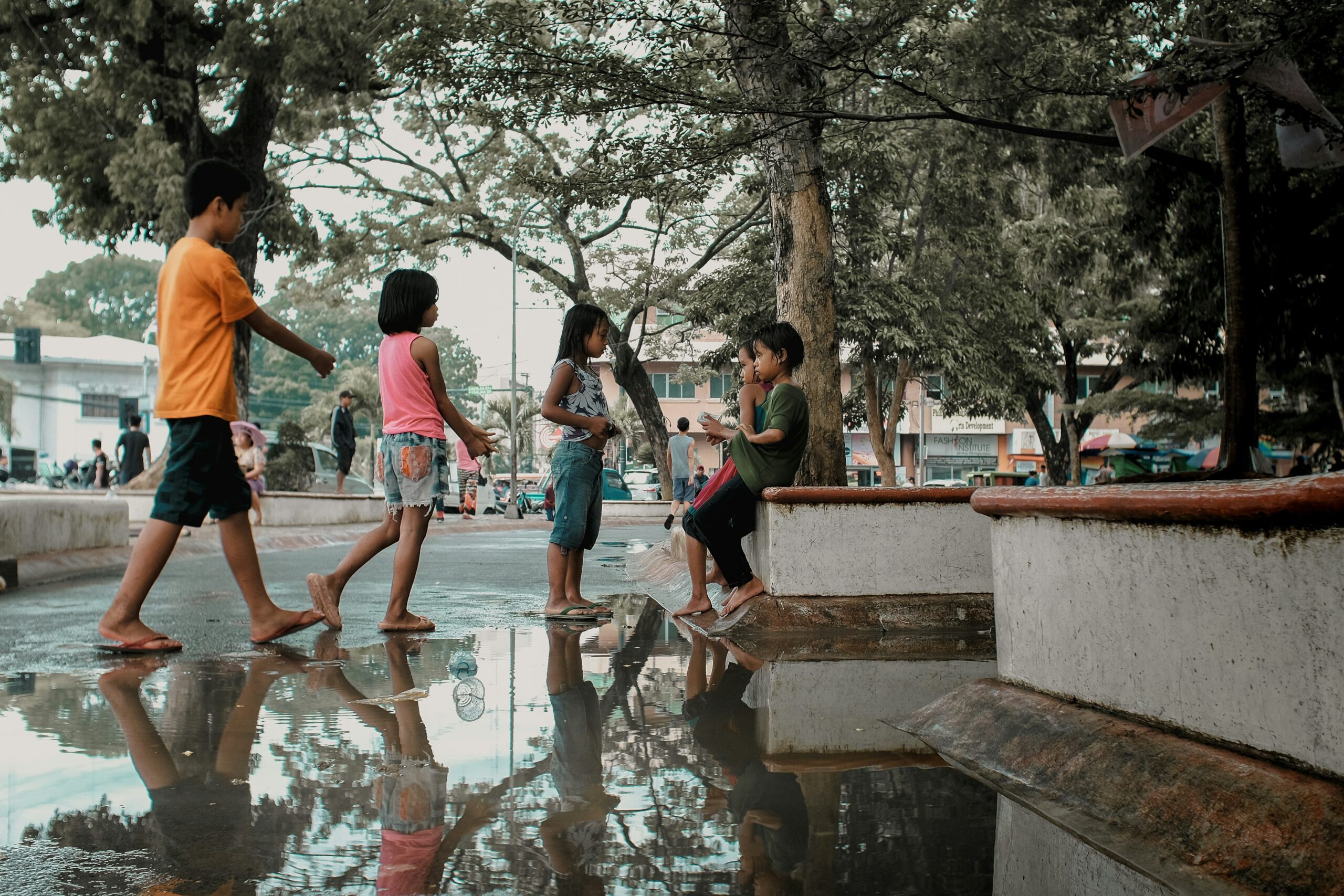
Southeast Asia is currently in the throes of an intense and prolonged heatwave, shattering historical temperature records and posing significant risks to public health and infrastructure. The extreme heat has led to widespread health alerts, school closures, and heightened concerns about the well-being of vulnerable populations. The ongoing conditions underscore the increasing impact of climate change on the region, raising urgent questions about preparedness and mitigation strategies.
Key Facts
- Record-breaking temperatures have been recorded across Southeast Asia.
- Several countries have issued health advisories due to the extreme heat.
- School closures have been implemented in multiple regions to protect students.
Record-breaking temperatures have been reported in numerous Southeast Asian countries, exceeding previous historical highs. The severity and duration of the current heatwave are unprecedented, placing immense strain on both human populations and existing infrastructure. The specific temperature records broken and the affected locations have been widely reported by meteorological agencies across the region.
In response to the escalating health risks posed by the extreme heat, several countries have issued official health advisories. These advisories provide guidance to the public on how to stay safe during the heatwave, including recommendations for hydration, avoiding strenuous activities during peak hours, and recognizing the symptoms of heatstroke. Health authorities are actively monitoring heat-related illnesses and providing resources to healthcare facilities to manage the increased demand.
To safeguard the health and well-being of students, school closures have been implemented in multiple regions affected by the heatwave. These closures are intended to prevent children from being exposed to the extreme heat during school hours, reducing the risk of heatstroke and other heat-related illnesses. The duration of the school closures varies depending on the specific region and the severity of the heatwave conditions.
Background
Southeast Asia is particularly vulnerable to the impacts of climate change, including rising temperatures and more frequent extreme weather events. The region’s geographical location and tropical climate make it susceptible to heatwaves, which can have devastating consequences for public health, agriculture, and infrastructure. The current heatwave is part of a broader trend of increasing temperatures and changing weather patterns linked to global climate change. Understanding the underlying causes and potential long-term effects of these changes is crucial for developing effective adaptation and mitigation strategies.
The frequency and intensity of heatwaves have been increasing globally over the past several decades, largely due to human-caused climate change. According to the National Centers for Environmental Information (NCEI), the past decade has been the warmest on record, with each year surpassing previous temperature benchmarks. These rising temperatures are contributing to more extreme weather events, including heatwaves, droughts, and floods, with significant implications for human societies and ecosystems.
The specific meteorological conditions that contribute to heatwaves in Southeast Asia include factors such as high atmospheric pressure, clear skies, and dry air. These conditions can trap heat near the surface, leading to a rapid increase in temperatures. The El Niño-Southern Oscillation (ENSO) can also play a role in influencing regional weather patterns and contributing to warmer temperatures in some years. The interplay of these factors makes it challenging to predict the exact timing and intensity of heatwaves, but climate models suggest that they are likely to become more frequent and severe in the future. For related content, read about the previous heatwave in the region on our website.
Timeline / What We Know
- Recent Days: Record-breaking temperatures reported across Southeast Asia.
- Present: Health advisories issued and school closures implemented in affected areas.
Over the recent days, countries across Southeast Asia have reported unprecedented high temperatures, surpassing historical records and raising concerns about public health and safety. The rapid increase in temperatures has prompted swift action from government agencies and health organizations to mitigate the potential impacts on vulnerable populations. The specific dates on which the record-breaking temperatures were recorded vary by location, but the overall trend indicates a widespread and intense heatwave affecting the entire region.
Currently, numerous countries in Southeast Asia have issued health advisories, providing guidance to the public on how to stay safe during the extreme heat. These advisories typically include recommendations for staying hydrated, avoiding strenuous activities during peak hours, seeking shade, and recognizing the symptoms of heatstroke. In addition, school closures have been implemented in several regions to protect students from the heat, with the duration of the closures varying depending on the specific location and conditions.
Official Reactions
Government agencies and health organizations across Southeast Asia have responded to the heatwave by issuing health advisories, implementing school closures, and providing resources to healthcare facilities. These measures are intended to protect public health and mitigate the potential impacts of the extreme heat. The specific actions taken by each country vary depending on their resources and specific circumstances, but the overall goal is to minimize the risks to vulnerable populations.
Health ministries have been actively monitoring heat-related illnesses and providing guidance to healthcare facilities on how to manage the increased demand. Emergency services have been placed on high alert to respond to heatstroke cases and other heat-related emergencies. Public awareness campaigns have been launched to educate the public about the risks of extreme heat and how to stay safe. These efforts are crucial for minimizing the potential health impacts of the heatwave and ensuring that people have access to the information and resources they need to protect themselves.
What’s Next
The duration and intensity of the heatwave remain uncertain, with various scenarios possible depending on weather patterns and climate conditions. In the short term, continued high temperatures are expected across Southeast Asia, posing ongoing risks to public health and infrastructure. Government agencies and health organizations will continue to monitor the situation closely and implement measures to mitigate the potential impacts. In the longer term, the increasing frequency and intensity of heatwaves underscore the need for comprehensive climate action and adaptation strategies.
Possible scenarios for the near future include:
- Scenario 1: The heatwave persists for several more weeks, with temperatures remaining at or above record-breaking levels. In this scenario, the health risks would continue to be elevated, and further school closures and public safety measures may be necessary. The strain on infrastructure, such as power grids and water supplies, would also increase.
- Scenario 2: The heatwave gradually subsides over the next few weeks, with temperatures returning to more normal levels. In this scenario, the immediate health risks would decrease, but the long-term impacts on agriculture and water resources may still be significant.
- Scenario 3: The heatwave is followed by other extreme weather events, such as heavy rainfall or flooding. In this scenario, the challenges for disaster response and recovery would be compounded, requiring coordinated efforts from government agencies, humanitarian organizations, and local communities.
The source did not specify the methodology for gathering the data presented in this news report.

